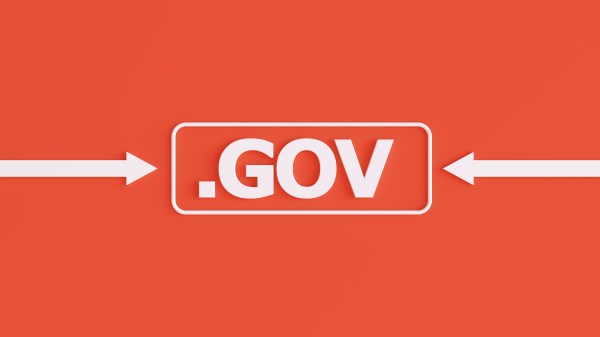Despite improvements in digital government, public remains apathetic

The federal government has made strides expanding its digital presence in past years, establishing websites and social media accounts for small agencies, polishing pre-existing Web infrastructure to enhance the customer experience, and committing more funds to critical privacy and cybersecurity efforts — developments that have not gone unnoticed by a public that, nonetheless, continues to prefer in-person interaction over e-mailing or mobile chat.
A study released Thursday by Forrester Research, Inc. found that while public satisfaction with government digital systems increased slightly across three criteria from 2014 to 2015, only 39 percent of respondents to a survey agreed that federal agencies should devote more resources to digital services.
According to a survey of 1400 U.S. adults who use the internet at least once per week, the “Organization” and “Ease of Use” categories experienced 8 and 7 percent jumps respectively, to 58 and 59 percent satisfaction. The number of users who would describe government digital experiences as “Exactly what a government website should be” crept up two points from 51 percent in 2014 to 53 percent in 2015.
Despite these improvements, only 69 percent of respondents indicated they were generally satisfied with website experiences, while 72 percent said they were satisfied with in-person experiences.
The exception to the rule appears to be social media, where users consistently said their experiences interacting with government agencies exceeded that of any other platform. Facebook engagement garnered a 76 percent satisfaction rate, while Twitter and Instagram scored 77 and 80 percent rates.
To perpetuate this satisfaction boost and encourage the public to prioritize digital opportunities, the government must take steps to decide on unique platforms for each agency, the report says.
“[T]o boost digital public interactions, federal agencies must find the right channel for each service,” the report counsels. “They must also explain the benefits of new digital services, protect digital CX from overbearing security practices, and design mobile experiences more strategically.”






